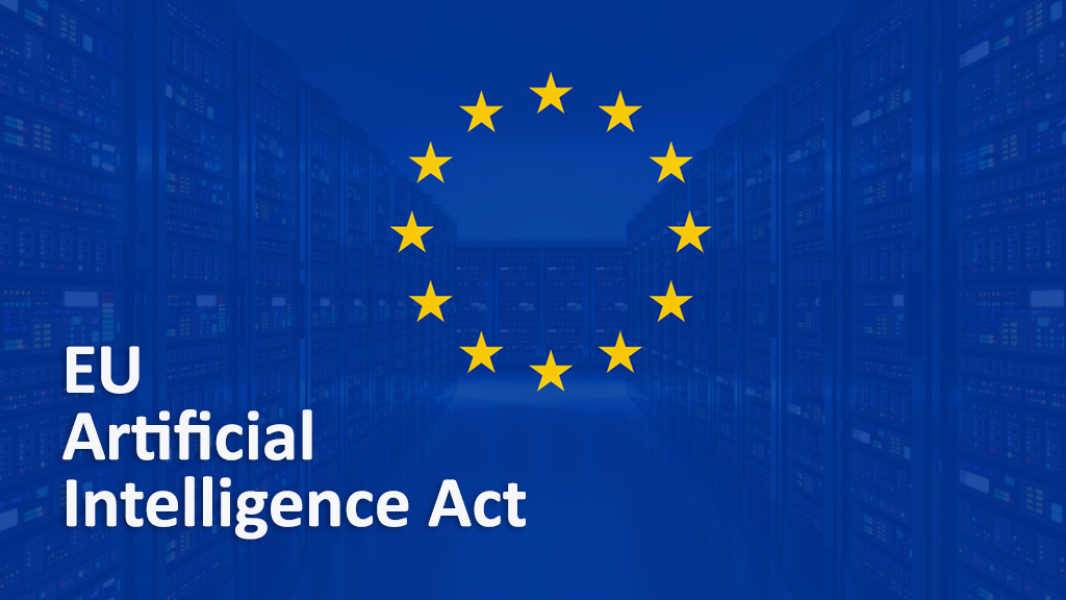The European Union (EU) has recently taken a significant step toward regulating artificial intelligence (AI) with the publication of the EU AI Act in the bloc's Official Journal on July 12, 2024. This landmark legislation aims to establish a comprehensive framework for AI regulation, addressing both opportunities and risks associated with AI technologies. Here’s a concise guide to what businesses need to know about compliance.
What is the EU AI Act?
The EU AI Act is a regulatory framework designed to ensure that AI systems used within the EU are safe, transparent, and respect fundamental rights. It categorizes AI applications into four risk levels: unacceptable risk, high risk, limited risk, and minimal risk. The Act imposes strict regulations on high-risk AI systems, requiring robust documentation, transparency, and human oversight.
Key Provisions of the EU AI Act
1. High-Risk AI Systems: These include AI applications in critical sectors such as healthcare, finance, and law enforcement. High-risk systems must meet stringent requirements, including rigorous testing, risk management, and detailed documentation to ensure compliance.
2. Transparency Obligations: AI systems that interact with humans, such as chatbots or deepfake technologies, must clearly inform users that they are interacting with an AI. This measure aims to prevent deception and enhance user trust.
3. Prohibited AI Practices: The Act bans AI applications deemed to pose unacceptable risks, such as social scoring systems used by governments and real-time biometric identification in public spaces for law enforcement purposes, unless strictly necessary.
Compliance Deadlines
The EU AI Act will come into force on January 7, 2025, with a transition period allowing businesses to adjust. High-risk AI system providers have until January 7, 2026, to ensure full compliance. This gives businesses a year to align their operations with the new regulations.
Steps for Compliance
1. Assessment and Classification: Businesses should start by assessing their AI systems to determine their risk level according to the Act's categories.
2. Implementation of Safeguards: For high-risk systems, implement necessary safeguards, including robust data governance, transparency measures, and human oversight mechanisms.
3. Documentation and Reporting: Maintain detailed documentation of AI systems, including their development processes, intended purpose, and risk management measures. Regular reporting to relevant authorities will be required.
4. Training and Awareness: Ensure that staff involved in AI development and deployment are well-trained on the new regulatory requirements and understand their roles in maintaining compliance.
Benefits of Compliance
Adhering to the EU AI Act not only helps businesses avoid legal penalties but also builds trust with consumers and stakeholders. It demonstrates a commitment to ethical AI practices, which can enhance a company’s reputation and competitive edge in the market.
Final Thoughts
The EU AI Act represents a pioneering approach to AI regulation, balancing innovation with the need to protect fundamental rights. By understanding and preparing for these new regulations, businesses can ensure they are well-positioned to thrive in an AI-driven future while adhering to ethical standards.
For more details on the EU AI Act and compliance requirements, refer to the official publications and guidelines provided by the European Commission.

